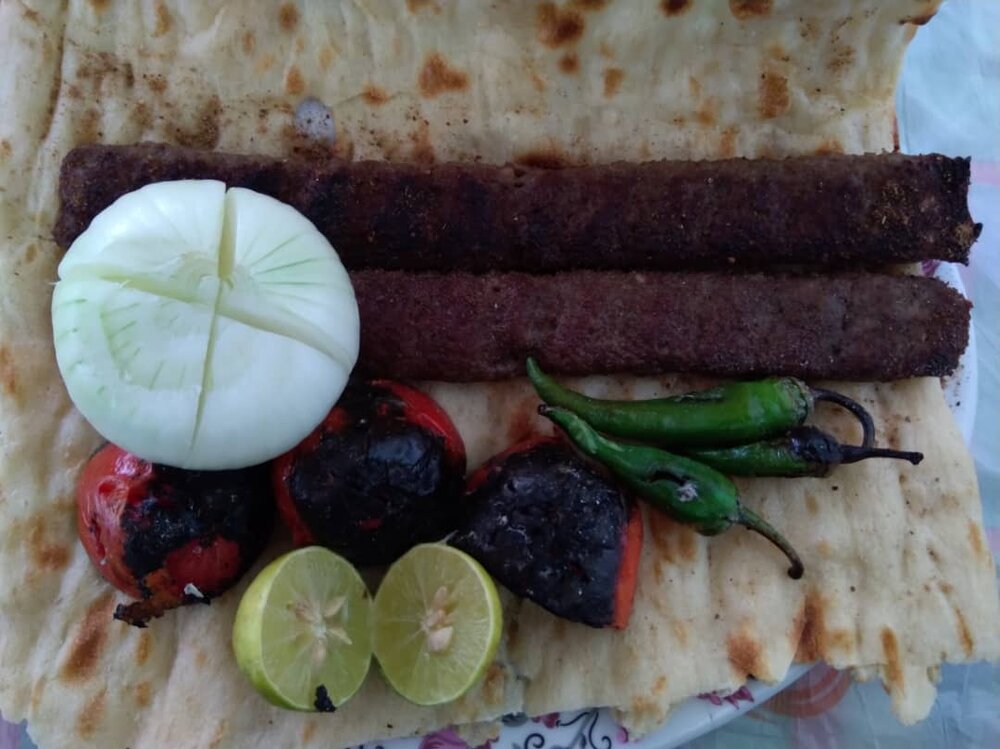New cultural heritage elements in western Iran added to national list

TEHRAN –A total of 15 new cultural elements, which are practiced in western Lorestan province, have been registered in the National Intangible Cultural Heritage list.
The Ministry of Cultural Heritage, Tourism and Handicrafts on Thursday announced the inscriptions in an official document it submitted to the governor-general of the province, CHTN reported.
The skills of wearing the traditional headscarf of Golvani, the local game of Kolav-Rovan, and a traditional recipe for homemade soap were amongst entrees to the prestigious list.
The talent of making different flatbread and the skill of cooking Borujerd kebab were also added to the list, the report said.
Lorestan, which is a region of raw beauty, was inhabited by Iranian Indo-European peoples, including the Medes, c. 1000 BC. Cimmerians and Scythians intermittently ruled the region from about 700 to 625 BC. The Luristan Bronzes noted for their eclectic array of Assyrian, Babylonian, and Iranian artistic motifs, date from this turbulent period.
Lorestan was incorporated into the growing Achaemenid Empire in about 540 BC and successively was part of the Seleucid, Parthian, and Sasanid dynasties.
ABU/AFM
Leave a Comment